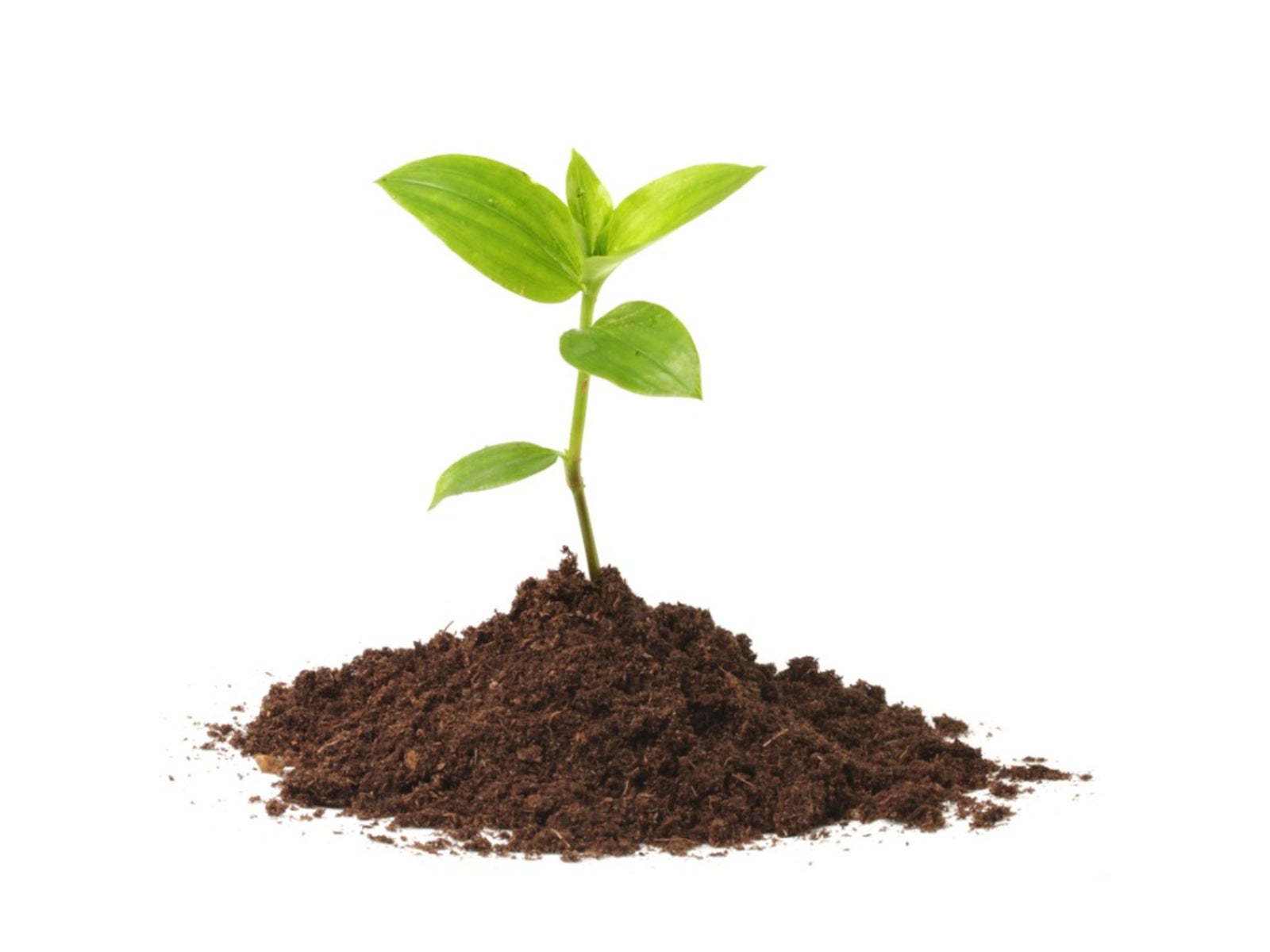Soilless Grow Mix: Information About Making Soilless Mix For Seeds

While seeds may be started in standard garden soil, there are a number of reasons to use a seed starting soilless medium instead. Easy to make and easy to use, let's learn more about using soilless planting medium for growing seeds.
Why Use Soilless Potting Mix?
Primarily, the very best reason for utilizing soilless planting medium is that you can control any types of insects, diseases, bacteria, weed seeds and or other pesky additions which are commonly found in garden soils. When starting seeds indoors, there are no longer the checks and balances of weather or natural predation that aid in containing these unwanted additions, unless the soil has been sterilized first, usually with a heat treatment of some sort. Another superb reason for using soilless grow mix is to lighten the soil. Garden soil is often heavy and lacking in drainage, which is far too hard on the delicate new root systems of the young seedlings. The lightness of seed starting soilless medium is also useful when moving the mature seedlings in their pots outside.
Soilless Planting Medium Options
Soilless potting mix can be made several different ways using various mediums. Agar is a sterile medium made from seaweed, which is used in botanical labs or for biological experiments. Generally, it is not recommended for the home gardener to use this as a soilless grow mix. That said, there are other types of seed starting soilless medium that are suitable for home use.
- Sphagnum peat moss - Soilless mix is generally comprised of sphagnum peat moss, which is lightweight and light on the pocket book, water retentive and a bit acidic—which works great as a soilless potting mix for seedling starts. The only downside to using peat moss in your soilless grow mix is that it is difficult to moisten completely, and until you do the moss might be a little irritating to work with.
- Perlite - Perlite is often used when making one's own seed starting soilless medium. Perlite looks a bit like Styrofoam, but is a natural volcanic mineral which aids in drainage, aeration and water retention of the soilless potting mix. Perlite is also used on the surface to cover seeds and maintain consistent moisture as they germinate.
- Vermiculite - The use of vermiculite in the soilless grow mix does much the same thing, by expanding to hold water and nutrients until the seedlings need them. Vermiculite is also used in insulation and plaster but does not absorb liquid, so be sure to purchase vermiculite that is made for use in soilless potting mix.
- Bark - Bark may also be used in making soilless mix for seeds and also aids in improved drainage and aeration. Bark does not increase water retention, and therefore, is really a better choice for more mature plants which do not need as consistent moisture.
- Coconut coir - When making soilless mix for seeds, one may also incorporate coir. Coir is a coconut fiber by product which acts similarly to and can be a substitute for sphagnum peat moss.
Recipe for Making Soilless Mix for Seeds
Here is a popular recipe for seed starting soilless medium that you can try:
- ½ part vermiculite or perlite or combination
- ½ part peat moss
May also amend with:
- 1 tsp (4.9 ml.) limestone or gypsum (pH amendments)
- 1 tsp. (4.9 ml.) bone meal
Other Types of Seed Starting Soilless Medium
Soilless plugs, pellets, peat pots and strips may be purchased to use as soilless grow mix or you may also like to try a bio sponge, such as Jumbo Bio Dome. A plug of sterile medium with a hole in top made for germinating one seed, “bio sponge” is excellent for maintaining aeration and water retention. Akin to agar, but made from animal bone, gelatin is also another option for use as a seed starting soilless medium. High in nitrogen and other minerals, gelatin (such as Jello brand) can be made following package instructions, poured into sterilized containers and then once cooled, planted with three seeds or so. Place the container in a sunny area covered with glass or clear plastic. Should mold begin to form, dust with a little powdered cinnamon to retard the mold. When seedlings are an inch or two tall, transplant the entirety into your homemade soilless grow mix. The gelatin will continue to feed the seedlings as they grow.
Sign up for the Gardening Know How newsletter today and receive a free copy of our e-book "How to Grow Delicious Tomatoes".

Amy Grant has been gardening for 30 years and writing for 15. A professional chef and caterer, Amy's area of expertise is culinary gardening.
